Ten minutes after the first house was built, odds are, something broke. If you own a home, you know it’s inevitable – you are going to need to repair something. Homeowners who are low- and moderate-income can face consequences much more dire than a dripping faucet if they are unable to afford help or if expensive equipment breaks. In fact, the External LinkCenters for Disease Control and Prevention said that affordable home improvement loans and grants to lower-income homeowners is one of six evidence-based, high-impact solutions for addressing the social determinants of health.
So how much home repair is needed? The Philadelphia Fed gives us the numbers.
“Inadequate housing is linked with an increased risk of injury and the development of chronic physical and mental health issues, presenting particularly acute hazards for children, older adults, and individuals with disabilities,” according to a report from the External LinkFederal Reserve Bank of Philadelphia.
Philadelphia Fed researchers set out to learn how much repair was needed and by whom. Researchers took the American Housing Survey (AHS) data, conducted biennially by the U.S. Census Bureau in partnership with the U.S. Department of Housing and Urban Development (HUD). Working with a firm that specializes in construction cost estimation for the building industry, then the researchers weighted each housing problem reported in the AHS by the average cost of a reasonable repair.
External LinkThe first report by Philadelphia Fed researchers calculated that the total cost of needed repairs of the national housing stock would have been $126.9 billion in 2018. An External Linkupdated report in 2023 estimated repair costs at $149.3 billion, an increase of 18%. Of all occupied units, 64.5% had no repair needs, and most households with repair needs had estimated costs under $5,000. Average repair costs increased from about $2,900 in 2018 to about $3,350 in 2022.
The report found that housing quality issues “are more acute among economically- disadvantaged households, particularly for renter households where children are present and for older homeowners aging in place. Low-income households residing in older, single-family units are found to have particularly acute repair needs.” This article deals with owner-occupied homes.
Leaders from five housing programs share their thoughts
We asked leaders of five Tenth District housing programs to talk to us about their work to help individual homeowners keep their homes maintained and to share their thoughts on what more should be done.
The five housing programs operate in urban communities and rural, with contractors and with donated labor, and put grants or affordable loans in the hands of homeowners. Each has distinct funding streams and at least somewhat different rules. Program leaders talk about challenges, what’s working, trends and what changes they’d like to see happen to help people rehab their homes.
Coley Williams
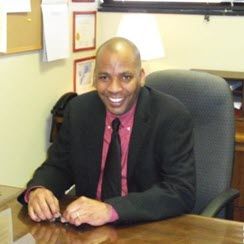
President and co-founder, External LinkCHES, Inc. (Credit & Homeownership Empowerment Services, Inc.), Kansas City, Missouri. CHES, Inc., offers HUD-approved education and counseling including one of the few post-purchase homebuyer education programs. “We talk about how to turn the pilot lights on, where the main cutoff switches are and how to label their electrical panel. In class, they’re interacting, looking at what their mistakes are and laughing when water squirts up in their faces.”
External LinkClick here to read the interview with Coley Williams.
Eric Nelson
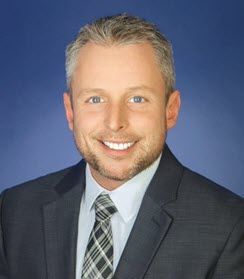
Mortgage product manager, External LinkCommerce Bank, Kansas City, Missouri. Recently, Commerce Bank launched its Neighborhood Connection product suite of small-balance loans to meet the needs of lower income borrowers. “Ten thousand dollars is not really a whole lot of risk, and it puts customers in a better situation. We know that keeping up on home repairs helps strengthen communities.”
Click here to read the interview with Eric Nelson.
M. Scott George
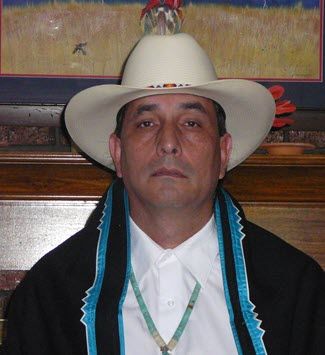
Director, External LinkCitizen Potawatomie Nation (CPN) Tribal Housing Department, Shawnee, Oklahoma. Its Elder/Disabled Repair Program is available to all elderly low-income Native Americans with priority given to CPN tribal members. “It’s very easy to become sedentary in our lives, just come home, cook, watch tv, get up and repeat. I tell people, get up and walk around your house. Walk around and see what’s going on and fix problems before they get bad.”
External LinkClick here to read the interview with M. Scott George.
Melissa Noah
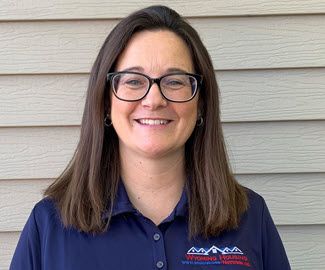
Executive director, External LinkWyoming Housing Network, Inc., Casper, Wyoming. It offers HUD-certified counseling and education and manages its own properties around the state. “Wyoming has been described as one big town with really long streets. Our smaller communities are sometimes even more affected, especially when you come to things like rehabbing homes.”
External LinkClick here to read the interview with Melissa Noah.
Clint Nelson
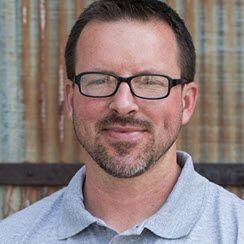
President and CEO, External LinkInterfaith Housing and Community Services, Inc., Hutchison, Kansas. Its John W. Scott Home Repair and Rehabilitation program serves homeowners over the age of 60 using skilled volunteer labor. In 2023, Interfaith entered into an agreement with Reno County for funding, which allows for up to $4 million total home repairs at a maximum of $25,000 per project.
External LinkClick here to read the interview with Clint Nelson.
